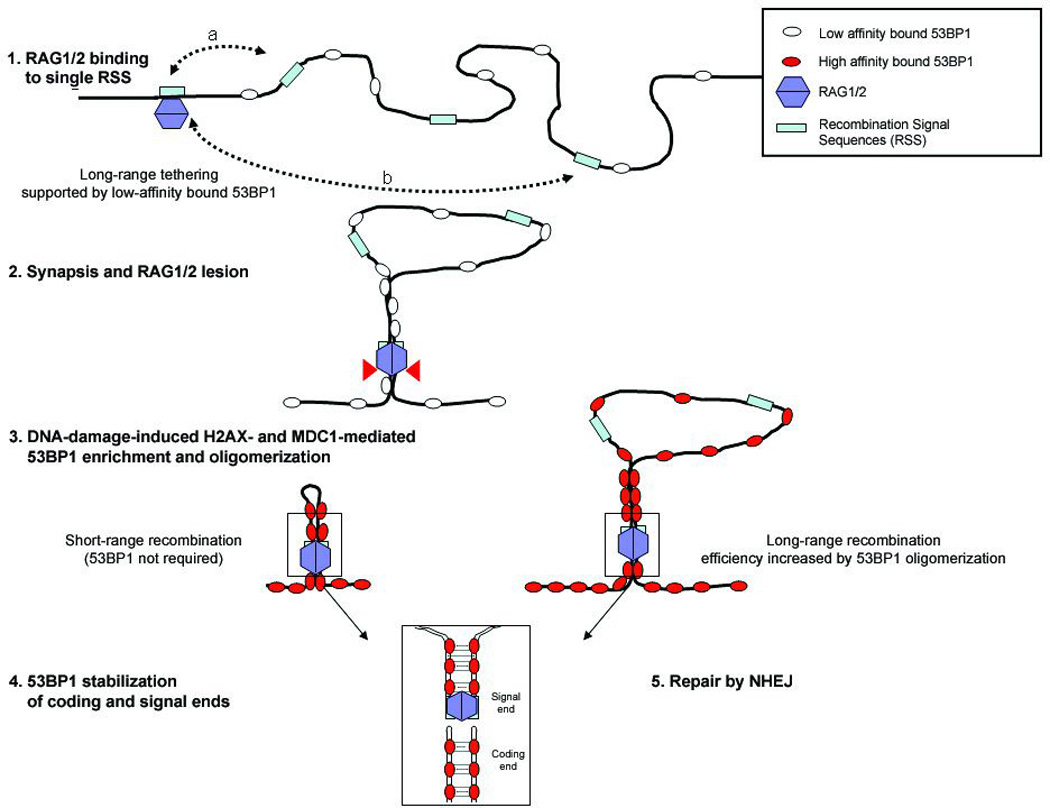Figure 4. Model for 53BP1’s role in promoting and/or maintaining synapsis during V(D)J recombination.

Before recombination, 53BP1 is loosely associated with chromatin (Step 1). RSS’s that are at a close physical distance (a) spend more time near the RAG1/2- bound RSS than distant RSS’s (b), and have a high probability of synapsis whether or not 53BP1 is present. 53BP1 homo-oligomerization increases the effective local concentration of distant RSSs thereby promoting their pairing. When RAG1/2 associates with and cleaves a single RSS, 53BP1 accumulates at the lesion and binds tightly to flanking chromatin in a manner dependent on H2AX and MDC1 (Steps 2 and 3). After RAG1/2 mediated DSB formation (step 4), 53BP1 stabilizes the post-cleavage complex, thereby increasing the efficiency of non-homologous end-joining (Step 5).
